The Kinghouse Hotel: Highland Hospitality and the Shadows of Glencoe
Nestled beneath the brooding peaks of Buachaille Etive Mòr and surrounded by the raw grandeur of Rannoch Moor, the Kinghouse Hotel is one of Scotland’s oldest inns—and one of its most storied. Located at the eastern entrance to Glencoe, this historic building has welcomed travelers, soldiers, mountaineers, and wanderers for centuries. But its walls also echo with the darker legacy of the Highlands: the Glencoe Massacre, a brutal betrayal that left an indelible mark on Scottish history.
🏨 The Kinghouse Hotel: A Highland Landmark
Dating back to the 18th century, the Kinghouse Hotel was originally built as a barracks for government troops following the Jacobite uprisings. Its strategic location at the junction of ancient drove roads and military routes made it a key outpost in the British campaign to pacify the Highlands.
Over time, the barracks evolved into an inn, offering shelter to weary travelers crossing the wild expanse of Rannoch Moor. Today, the Kinghouse blends rustic charm with modern comfort, serving as a popular stop for hikers on the West Highland Way and climbers tackling the surrounding Munros.
But the land it stands on—and the glen it overlooks—holds a deeper, more haunting story.

🩸 The Glencoe Massacre: Betrayal in the Highlands
On the morning of February 13, 1692, Glencoe became the site of one of the most infamous atrocities in Scottish history. Thirty-eight members of Clan MacDonald of Glencoe were murdered by government troops who had been living among them for nearly two weeks—sharing meals, accepting hospitality, and pretending to be allies.
The massacre was ordered by the government of King William III, who had demanded that all Highland clan chiefs swear allegiance to him by January 1, 1692. Chief Alastair MacIain of Glencoe had attempted to comply, but delays caused by winter weather and bureaucratic confusion meant his oath arrived late. The punishment was swift and merciless.
The troops sent to carry out the massacre were led by Captain Robert Campbell of Glenlyon, a member of Clan Campbell, which had long-standing tensions with the MacDonalds. The betrayal—killing under the guise of hospitality—violated one of the most sacred Highland customs and shocked the nation.
🛡️ Clans Involved: MacDonalds and Campbells
- Clan MacDonald of Glencoe: Known for their fierce independence and loyalty to the Jacobite cause, the MacDonalds were deeply rooted in the glen. Their lands were rugged, their lifestyle harsh, but their hospitality was legendary. The massacre decimated the clan and left a legacy of grief and defiance.
- Clan Campbell: Though not all Campbells were involved, the association with Captain Glenlyon and the government’s use of Campbell troops fueled centuries of animosity. The Campbells were seen by many as collaborators with the Crown, and their name became synonymous with betrayal in Highland lore.
The massacre deepened clan divisions and contributed to the erosion of trust between Highland communities and the British government. It also galvanized support for the Jacobite cause, which would erupt again in the uprisings of 1715 and 1745.
🏞️ The Long Shadow of Glencoe
The impact of the Glencoe Massacre reverberated far beyond the glen. It became a symbol of Highland resistance, a rallying cry for Jacobites, and a cautionary tale about the cost of political power plays. The event is commemorated annually, and the Glencoe Visitor Centre, operated by the National Trust for Scotland, offers exhibits and films that explore the massacre’s legacy.
The landscape itself seems to remember. The towering cliffs, mist-shrouded valleys, and silent lochs evoke a sense of solemnity and reverence. Walking through Glencoe, you feel the weight of history in every gust of wind and every echo off the stone.
🏘️ Ballachulish and the Wider Community
Just a few miles from the Kinghouse Hotel lies Ballachulish, a village with a rich slate quarrying heritage and strong ties to the MacDonald clan. The community has preserved its Gaelic traditions and serves as a base for exploring the glen.
Nearby Kinlochleven, Glencoe Village, and North Ballachulish each offer their own perspectives on Highland life—past and present. These communities are bound by shared history, landscape, and a quiet pride in their resilience.
Final Thoughts
The Kinghouse Hotel stands as a witness to centuries of Highland history—from military campaigns to mountaineering triumphs, from clan feuds to quiet reconciliation. It’s a place where you can sip whisky by the fire, gaze out at the mountains, and reflect on the stories that shaped Scotland.
Glencoe is not just a glen—it’s a memory. And the Kinghouse is not just a hotel—it’s a chapter in that memory, written in stone, shadow, and silence.
Sources:
- National Trust for Scotland: Glencoe Visitor Centre
- Historic Environment Scotland: Glencoe Massacre
- Kinghouse Hotel Official Site
- Scottish Clan Archives: MacDonald and Campbell Histories
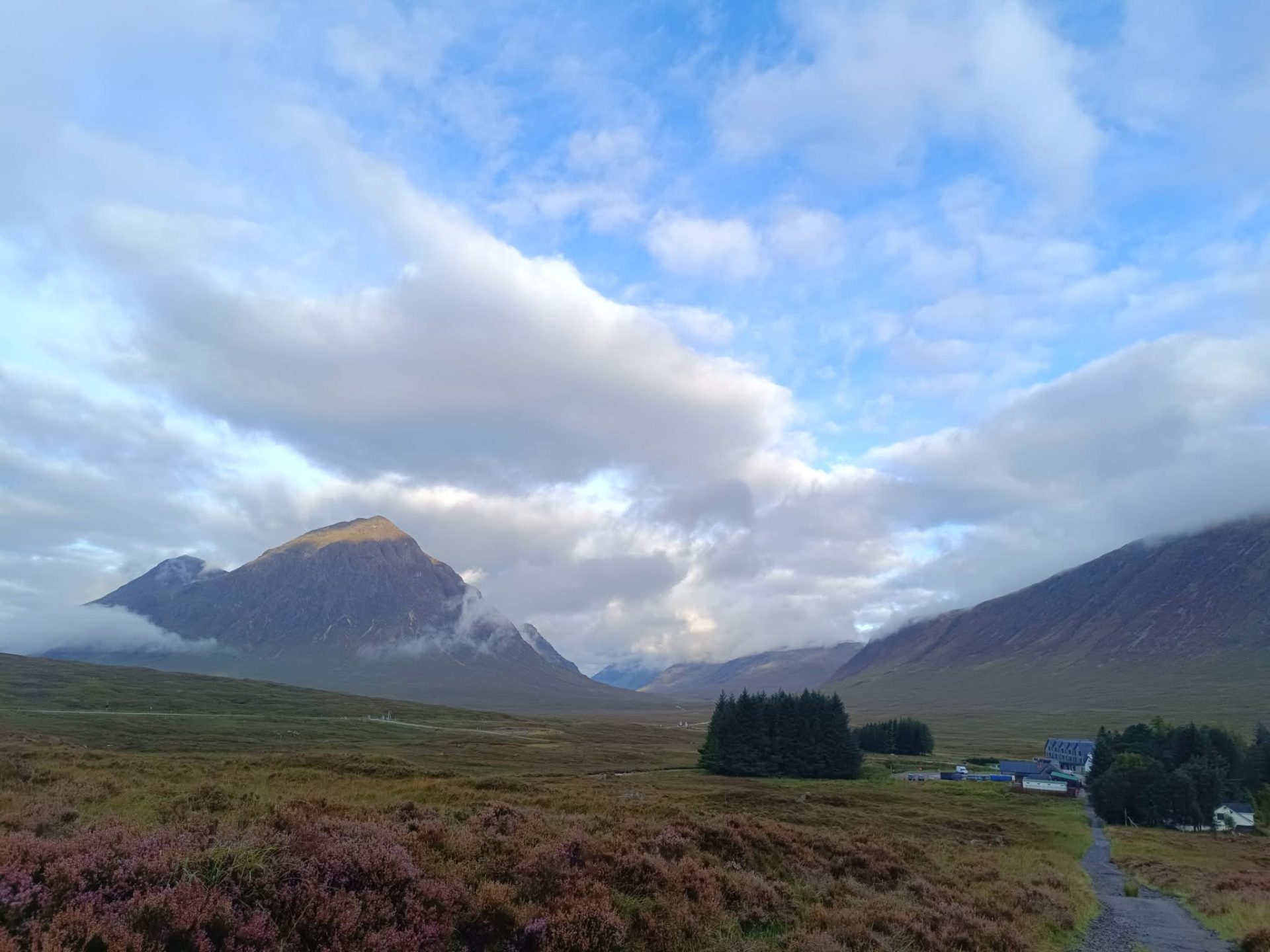
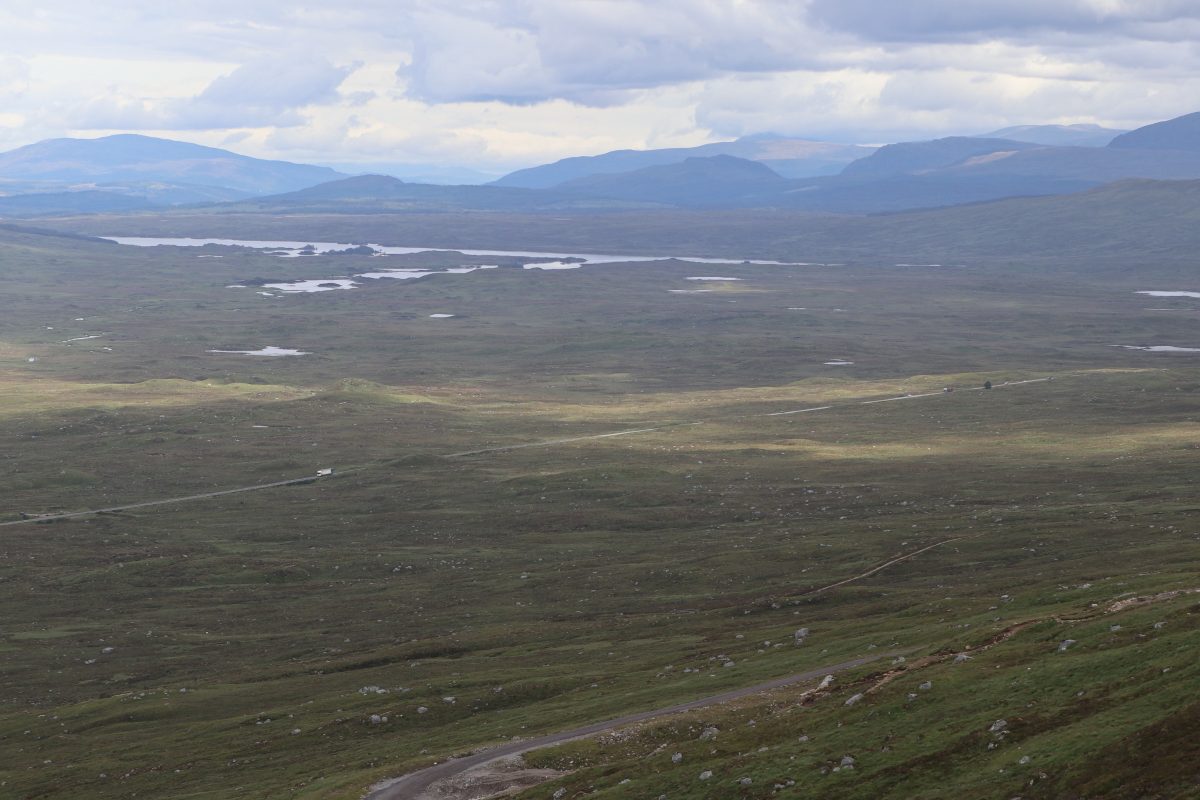
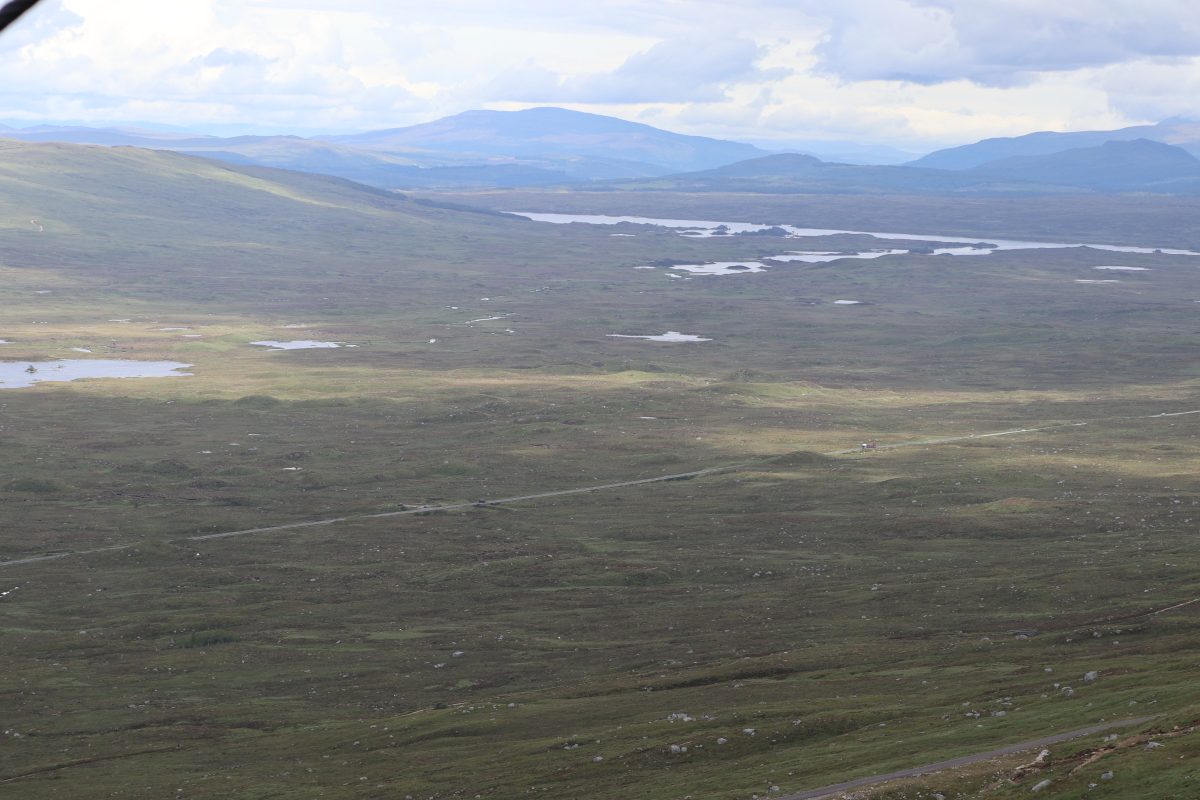
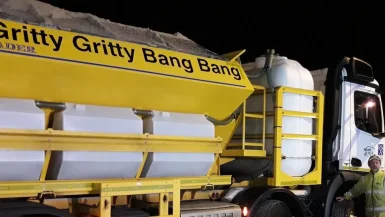

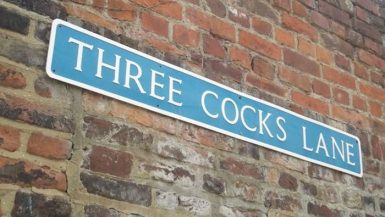
Leave a reply
You must be logged in to post a comment.